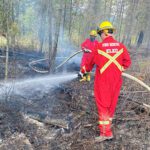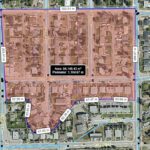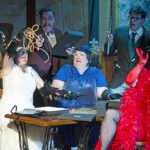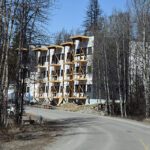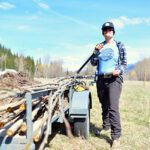Home »

Meet Paq’mi Nuq’yuk Aboriginal Early Years Program
Ki?suk Kyukyit from the Paq’mi Nuq’yuk Aboriginal Early Years Program!
Who the heck is that, you may be asking. Paq’mi Nuq’yuk (pronounced ‘puh-kmee-nook-yook) is a Ktunaxa term that translates to ‘to blossom or burst from the ground’, which is symbolic of a child’s journey in the early years of life.
The Paq’mi Nuq’yuk Aboriginal Early year’s Program offered though Ktunaxa Kinbasket Child and Family Services Society provides a positive start to a new life and encourages strong and healthy families with connection to culture and language, positive growth and development, and great long-term outcomes for children and families by offering services in these key areas: Early developmental/ social-emotional screening and assessment; Developmental programs focused on early and healthy attachment, parent and child development, and kindergarten readiness and transition; Age appropriate culture and language resources and programming; Group based child and parent programming and events; Aboriginal Infant Development Services; Aboriginal Supported Child Development Services; Certified car seat inspections and clinics.
Now you know who we are, we would like to take this opportunity to provide some information on the Ktunaxa People, in honour of National Aboriginal Day on June 21:
Ktunaxa (pronounced ‘k-too-nah-ha’) people have occupied the lands adjacent to the Kootenay and Columbia Rivers and the Arrow Lakes of British Columbia, Canada for more than 10,000 years.
The Traditional Territory of the Ktunaxa Nation covers approximately 70,000 square kilometres (27,000 square miles) within the Kootenay region of southeastern British Columbia and historically included parts of Alberta, Montana, Washington and Idaho.
For thousands of years the Ktunaxa people enjoyed the natural bounty of the land, seasonally migrating throughout our Traditional Territory to follow vegetation and hunting cycles. We obtained all our food, medicine and material for shelter and clothing from nature – hunting, fishing and gathering throughout our Territory, across the Rocky Mountains and on the Great Plains of both Canada and the United States.
European settlement in the late 1800s, followed by the establishment of Indian Reserves, led to the creation of the present Indian Bands.
Ktunaxa citizenship is comprised of Nation members from six Bands located throughout historic traditional Ktunaxa territory. Five Bands are located in British Columbia, Canada and two are in the United States. Many Ktunaxa citizens also live in urban and rural areas “off reserve.” – Source: Ktunaxa Nation website (2017). www.ktunaxa.org
If you would like to access more information on the Ktunaxa people, please visit: www.ktunaxa.org; If you would like more information on the Aboriginal Early Years Program please visit: http://www.ktunaxa.org/paqmi-nuqyuk/
Submitted by Paq’mi Nuq’yuk Aboriginal Early Years Program

